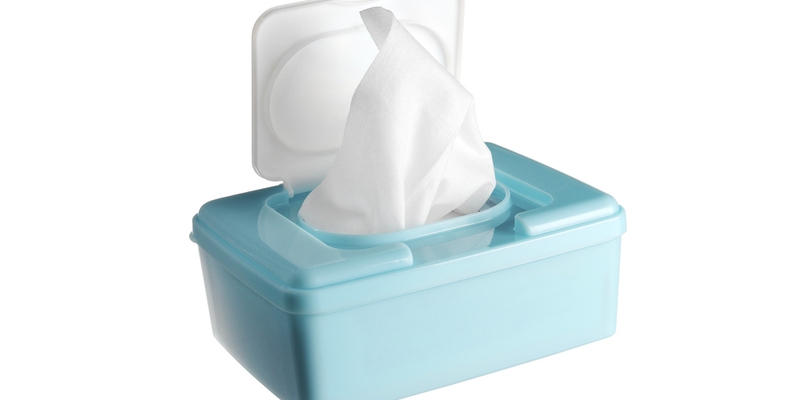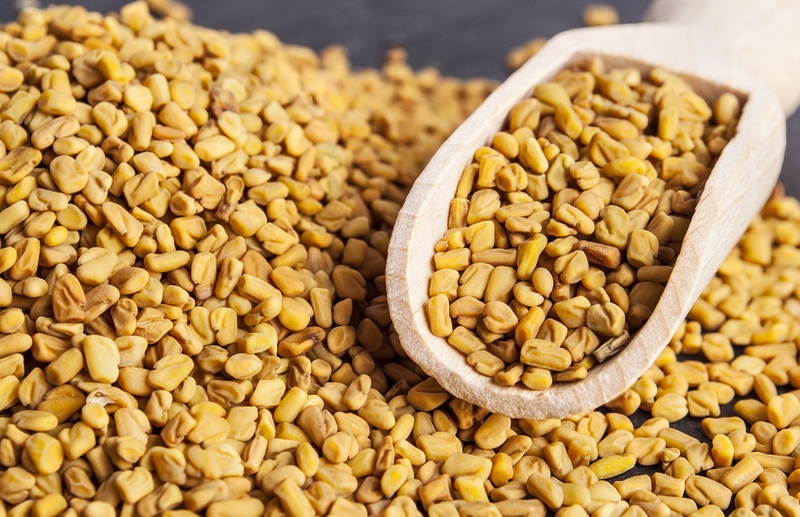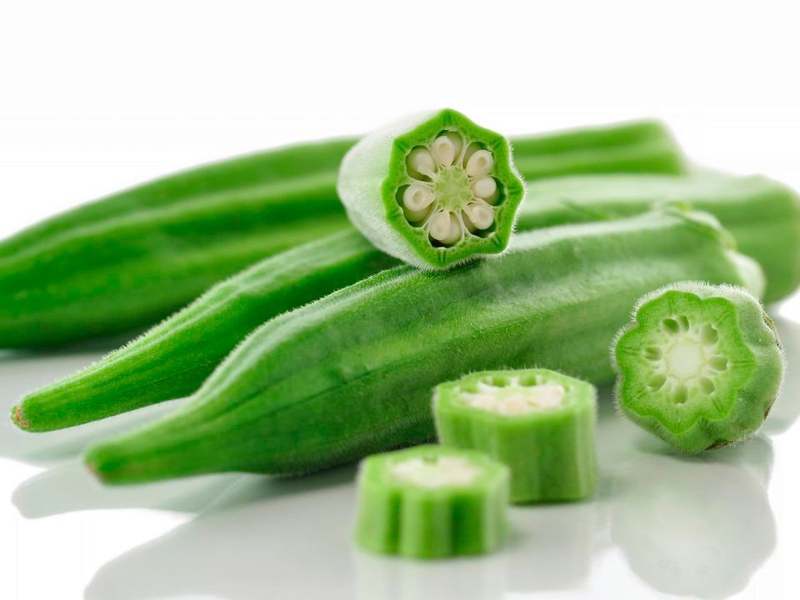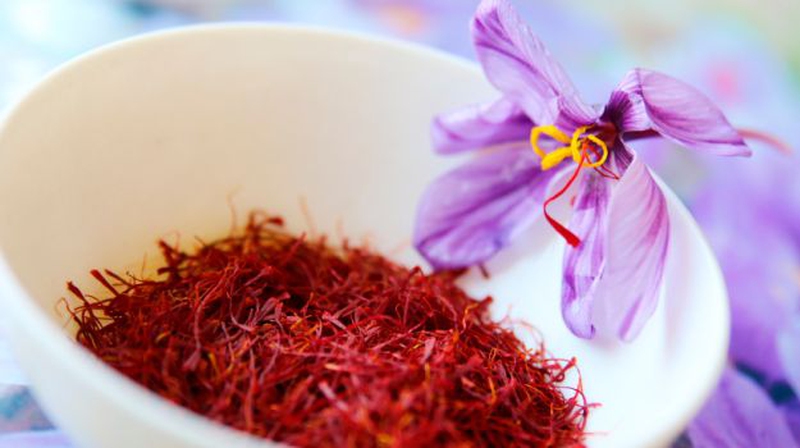Once a girl reaches the puberty stage, she begins to experience vaginal discharge. This is a clear or whitish and mucus-like fluid that comes out from the vagina. This is produced by the developing reproductive system of a woman. The amount and consistency of vaginal discharge may differ from time to time, and this is normal. But you need to also take note that there are different kinds of vaginal discharges and not all of them are normal. You should know which type of discharge is normal and which is not. Then you can decide on how to stop abnormal discharge and how to reduce excessive normal discharge.

Which Type of Vaginal Discharge You Have
White and clumpy discharge: This kind of discharge normally occurs before or after the menstrual period of a woman. It is a thick and white discharge that resembles a paste. However, if there is a cottage cheese-like discharge with an itchy and burning sensation, it means there is a yeast infection or candidiasis that needs immediate medical attention.
Watery discharge: This kind of discharge usually occurs after an extraneous activity or anytime of the month. You have nothing to worry about because a clear and watery discharge is perfectly normal. But sometimes you need to know how to stop discharge, or at least reduce it, when it becomes too heavy.
Clear and viscous discharge: This is an indicator that you are currently ovulating and is fertile. This is normal and also the perfect time for those who are planning a baby.
Yellowish or greenish discharge: If you are having this kind of discharge accompanied with a foul odor, you need to seek medical attention immediately for this may be a sign of a sexually transmitted disease like trichomoniasis.
Red or brown discharge: This kind of discharge usually occurs during your menstrual period. The discharge during the later days of your period may be red or brown in color. Sometimes a woman may experience spotting which is a bloody discharge in between your cycle. It may indicate pregnancy if this occurs within your regular cycle and after having unprotected sexual intercourse. Spotting may also be an early sign of cervical cancer that is why it is important to have a regular checkup with your gynecologist or a pap smear.
How to Stop Discharge in the Normal Case
Use unscented baby wipes
You may wipe your discharge when you go to the toilet with unscented baby wipes. The skin on your private part is very sensitive and you don’t want to cause further irritations so make sure to use wipes with as less chemicals as possible. Wipe the vulva or the outer part making sure not to go all the way in the vagina.
Change panties regularly
Make sure to change your underwear at least 2 to 3 times a day to reduce your discomfort and keep you from getting bacterial infections. It is also important that you wear breathable underwear made from cotton, so you should know that skinny jeans may worsen your discharge, leading to vaginal infections.
Let air come in
It is important that you let yourself get enough air. You may do this by sleeping naked or by wearing loose underwear when you are at home. This will let air come in and keep you dry. This will also help you restore your vagina’s normal flora, helping your body normalize your discharge by itself.
Use pantyliners or pads
You may want to avoid using pads or pantyliners as much as possible because these may prevent your vagina from ”breathing”, but if your discharge becomes too heavy and you are going out, you need to use liners to keep you dry. Make sure to change often to prevent bacteria from cultivating in the liner. Avoid using douches sold in the market because they are scented and contain soap that may disrupt your normal flora.
Use apple cider vinegar
This is a well-known technique used by many to treat leukorrhea or vaginal discharge with a foul odor. Mix together equal amounts of water and apple cider vinegar and use this as a vaginal wash once or twice a day. How to stop discharge in this case also means preventing foul odor in your discharge. Use this wash for a few days or you may also drink two tablespoonful of apple cider vinegar mixed in a glass of water everyday.
Use fenugreek seeds
The seeds of fenugreek are known to help improve the vagina’s pH and the body’s estrogen levels. Soak one teaspoon of fenugreek seeds in water overnight and strain it the next day. Add one half teaspoon of honey and drink in empty stomach. You may also prepare a vaginal wash by boiling two teaspoons of fenugreek seeds in four cups of water for thirty minutes then strain. Use this three times a day.
Use Lady’s finger
Lady’s finger, or more popularly known as “okra”, reduces mucus in the body resulting to lesser vaginal discharge. Wash and cut 100g of okra in small pieces and boil them in two cups of water for twenty minutes. Divide this in three parts and take one part for three times a day along with some honey.
Try saffron
Saffron has antiseptic and antioxidant properties which help treat the discomforts brought about by leukorrhea. Another tip for your “how to stop discharge” dilemma is boiling one teaspoon of saffron in one-fourth cup of water until it evaporates to one tablespoon. Divide this into three equal parts and mix with equal amount of water. Take this three times a day.











View All Comments /Add Comment